|
We decided to explore a new area not far from the hotel today so we took the boat across the lake to where Raul was waiting and got him to follow behind us with the vehicle as we walked down the road and occasionally explored the trails on either side. There were more sunny periods today so we saw more butterflies, 43 species in all which isn't a big total but more than yesterday. There were several groups of mud-puddling whites and yellows comprising White-angled Sulphur Anteos clorinde, Sleepy Orange Abaeis nicippe and good numbers of Boisduval's Yellow Eurema boisduvaliana with its very distinctive wing-shape. But best of the butterflies was certainly a Red-striped Leafwing Siderone galanthis and this Antillean Mapwing Hypanartia paullus, still just the second that we have seen. We also saw saw lots of anoles today, most were Cuban Brown Anole Anolis sagrei distinguished by their red dewlap edged with yellow. Both sexes use this dewlap display as a threat to warn off other anoles from their patch. There can be some colour variation in this dewlap though, as can be seen on photo 3 where the yellow is more extensive. Photo 6 is interesting, it is clearly a pregnant female judging by the swollen abdomen and the broad pale line down the back is also indicative of a female but I've never seen one with a dorsal pattern like this before and the sandy brown head is usually an indication of female A. homolechis. Of the Odonata we saw Purple Bluet Enellagma coecum and another, a male, that I thought would prove to be one of the three Ischnura species that are found in Cuba, but it isn't so I'll have to wait for help with this one. Thank you to Juerg Carl Demarmels for coming back to me so promptly with the id as Caribbean Yellowface Neoerythromma cultellatum. This is a female as it lacks the yellow face of the males. And Juerg has kindly identified these dragonflies too which also had me stumped so thank you Juerg. The pyrale Epicorsia oedipodalis has larvae that feed on the foliage of fiddlewood and sea grape bushes. One of the many stars of today was this small but very beautiful toad. It's a Cuban Spotted Toad Peltophryne taladai and is a juvenile about an inch long. At this age they have very cryptic coloration in the grass but they can grow up to 160mm and turn brown and spotted as they get larger. What a beauty. In fact all the puddles and runnels in the road and tracks were all full of tadpoles and I suspect that many species were involved. We got back to the hotel for a late lunch and found two new butterfly species for the trip inside the hotel on the staircase window. They were Green Flasher Astraptes talus and Cuban Mercurial Skipper Proteides mercurius. We photographed them before releasing them. And then Doug spotted a snake hanging precariously on a ledge in one of the courtyards. It's a Giant Trope Tropidophis melanurus also known as a Dusky Dwarf Boa. I think I prefer this name as it is not big as snakes go and It is a constrictor. The last one we saw had caught a tree frog that it was busy squeezing the life out of before devouring. There are no dangerous snakes in Cuba, well not dangerous to humans anyway, but I wouldn't like to be a frog. But that wasn't an end to the reptile revelry as, following yesterday's discovery of a sphaero at the hotel we went in search of others and found quite a few including several Jamaican Stippled Sphaero Sphaerodactylus argus and a new species for us called Ashy Sphaero Sphaerodactylus elegans. We also saw several that resembled S. argus but were paler, yellowish and lacked any the white spotting. Perhaps these are just a different sex but they seemed rather structurally different too. In this area there are supposed to be just four of the 22 Cuban sphaero species. There are these two plus S. notatus that we have seen near Holguin, and another called S. oliveri and they don't resemble either of those. Later we checked out the sewage lagoon below the hotel which in the winter has lots of warblers and waders and waterthrushes but now in the summer there were just the resident birds like Killdeer, Cuban Green Woodpecker, West Indian Woodpecker, Cuban Tody, Cuban Trogon and Cuban Emerald.
0 Comments
After a twenty minute wait this morning the boat took us back across the lake to where Raul was waiting with the vehicle and we set off for Cienfuegos Botanic Garden. When we were last here in March 2017 it had been very dry but we had been interested to find lots of Cardiospermum halicacabum, the foodplant of Silver-banded Hairstreak Chlorostrymon simaethis. We hadn't seen the adults then and I wasn't very optimistic this time due to the high water levels and sure enough the area where the plant had been growing was completely submerged. In fact we only saw one small plant so it will be interesting to see if the butterfly survives here. We quickly saw White Peacock Anartia jatrophae and Doug found a larva of Caribbean Ruby-eye Perichares philetes on a bamboo leaf, which is possibly a previously unknown foodplant.. And these two anoles I'm pretty sure are Anolis sagrei although I didn't have the benefit of seeing the colour of the dewlap. When we were here in March 2017 we watched a large flock of Yellow-faced Grassquits and Scaly-breasted Munias feeding on the seeds of this bamboo. I had read previously that bamboos only flower once and then die and sure enough it had indeed died. Cuban Calisto Calisto herophile is the commonest and most widespread of the Calisto species. Looking at the photos I took of this individual makes me think I seriously missed a trick here as it looks to me as if it is a female laying. The weather was largely overcast and so there were not many butterflies flying and no sign of Canna Skipper Calpodes ethlius although it does occur here as Doug found some small larval shelters on a Canna sp leaf. There were also several Red-mantled Dragonlet Erythrodiplax fervida. We have now seen three of the five species of Erythrodiplax that are known from Cuba and have been sent pictures of a fourth. The fifth might be rather more difficult to find. It is the Bromeliad Dragonlet Erythrodiplax bromeliicola which is known also from Jamaica. As the name suggests they are known to breed only in bromeliads. The only two photos that I can find on the internet are of females taken on Jamaica. It seems to have been found at only four sites in Cuba so far - so that's another project added to the list. Another abundant species is Barred Yellow Eurema daira and Doug showed me a 3rd instar larva on Aeschynomene americana, and then Chamaecrista nictitans which is the foodplant for Little Yellow Pyrisitia lisa and Tailed Orange Pyrisitia proterpia. There were also a few Little Yellow Pyrisitia lisa and Mimosa Yellow Pyrisitia nise flying. The pyrale Spoladea recurvalis was abundant in the grassland everywhere we went on this trip and was undoubtedly the commonest moth of the trip. As we walked back to the entrance quite a few Antillean Palm Swifts appeared overhead and while we were watching them I saw one shoot up into its nest in the dead leaves of the nearest palm. It quickly became clear that in fact there was a large colony of these birds in all three of the nearest trees. We stood enthralled watching them as they shot in and out at high speed, and listened to the twittering calls of the young as they were fed in the nests. At the base of one of the trees were three Malachite Siproeta stelenes feeding on the droppings from the swifts - fascinating. We have seen Gundlach's Hawk here in the park before and I've seen wonderful photos of them taken here at this location so it wasn't a great surprise when one flashed across between the trees. It landed out of view and sat calling in a tree on the other side of the river so rather than disturb it further we left it and walked on back to the vehicle. Back at Lake Hanabanilla we got on the boat ready for it to take us back to the hotel. There were three large modern buses containing a canoeing team including all their kit which was also then loaded onto the boat which not surprisingly was getting much lower in the water. We watched with bemusement and then alarm as the whole entourage then queued and started to get on the already fully loaded boat as well. It was only when we hollered, that the skipper seemed to realise what was happening and swiftly pulled away from the jetty. I suspect this was the national team rather than just a regional or province team and I wish I had taken some more pictures of the boats themselves. I was amazed at how narrow they were, perhaps only 450mm compared to the length. The whole team was already out doing exercises on the lawn the next morning at first light when Lynn went down for her swim. Safely back on dry land we went down to have a look at the area where the reservoir was overflowing down into the valley, and had nice views of an Eastern Meadowlark as it walked through the grass looking for insects. As we headed back to our rooms for a shower A Jamaican Stippled Sphaero Sphaerodactylus argus popped out of a crack in a window frame. There are 22 species of Sphaero in Cuba and we only saw our first one on our last trip in September 2017. Apart from one or two they are all quite restricted in range, S. argus being found only here in the Escambray, a few sites in the east and on some of the southern cays. They are largely nocturnal and this was the first one that we had ever seen out during the day.
|
Welcome to our Blog
Here we will post interesting news about what we and others have seen in Cuba. Archives
July 2024
Categories |
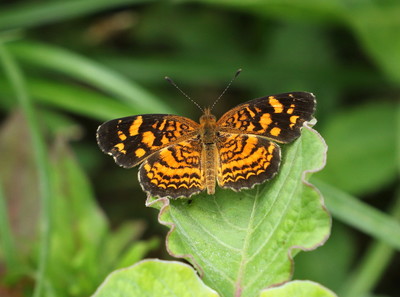







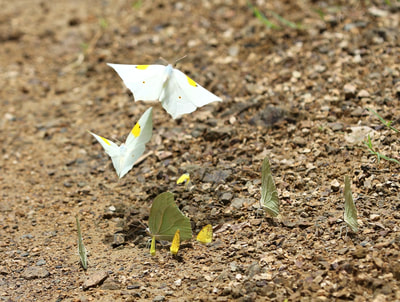
























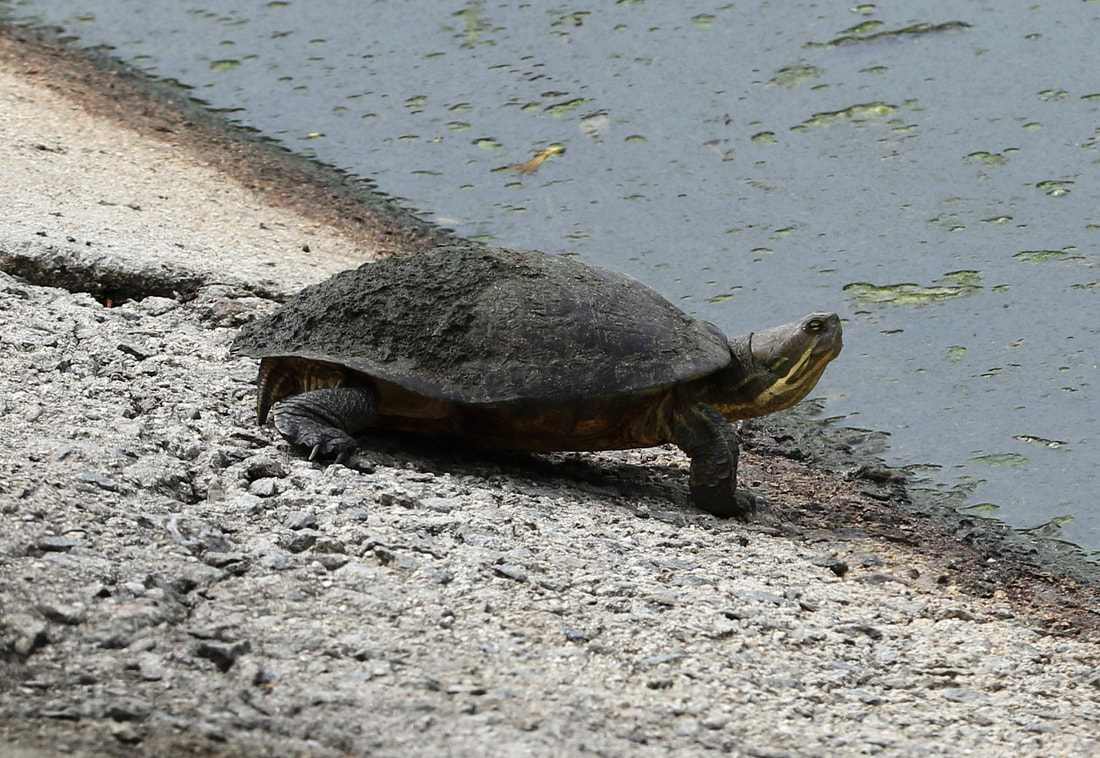





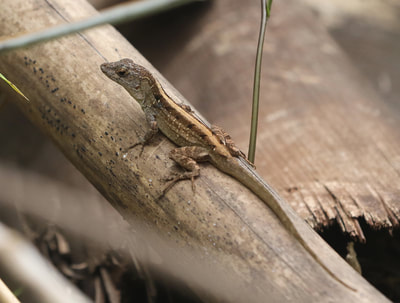


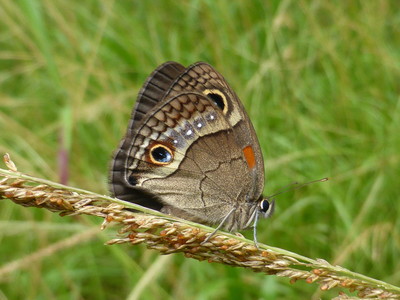







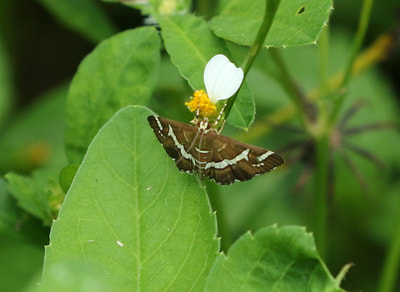
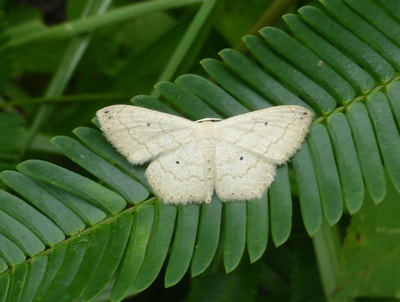
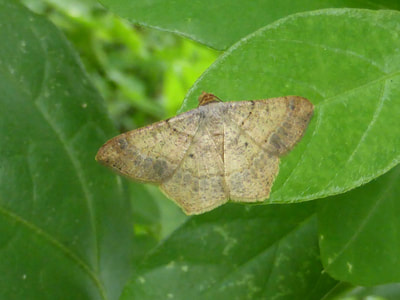





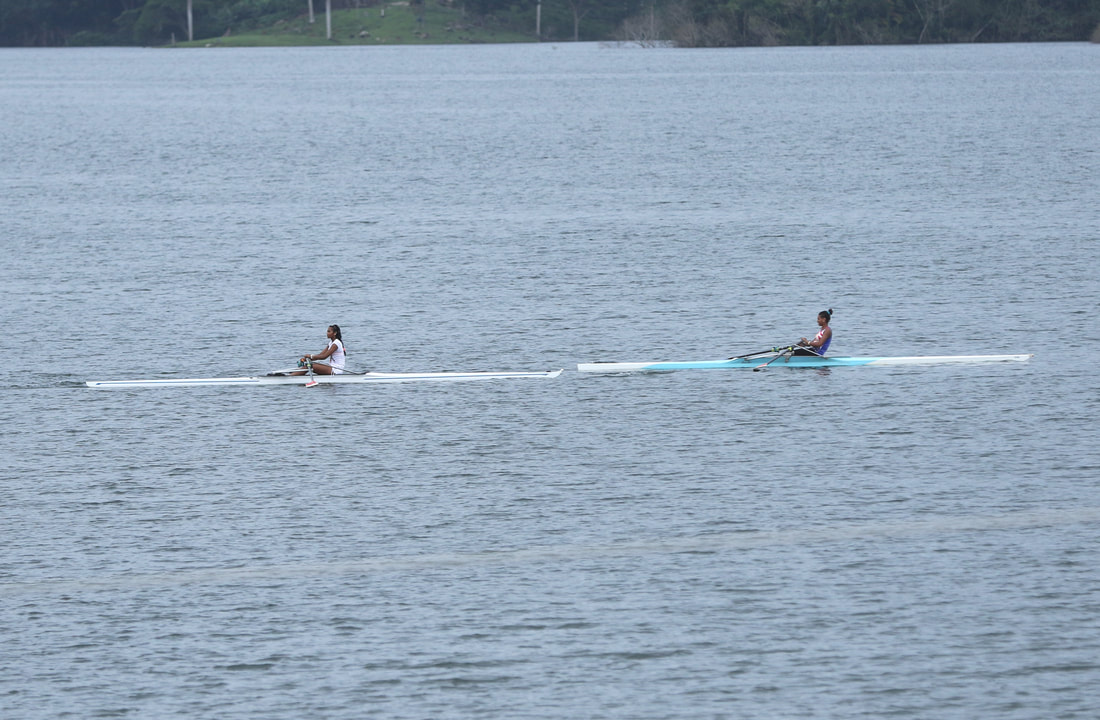






 RSS Feed
RSS Feed